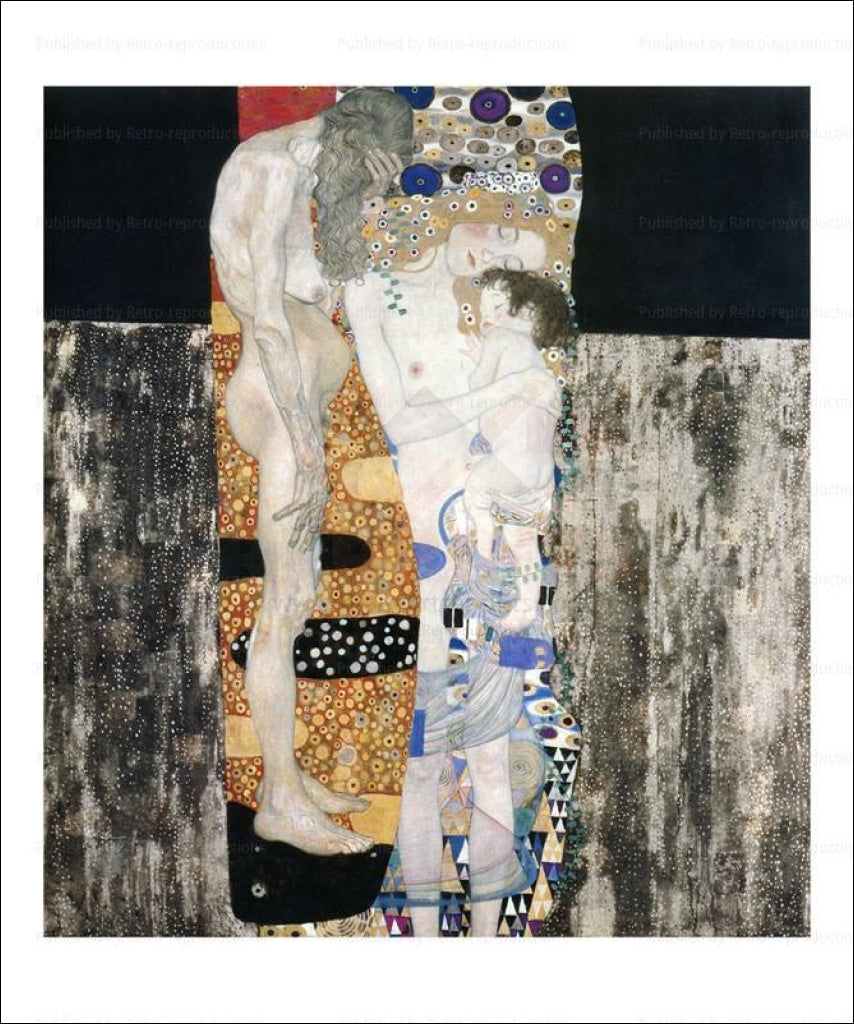1
/
of
1
The Three Stages of Life, Gustav Klimt
The Three Stages of Life, Gustav Klimt
Regular price
$39.00 USD
Regular price
Sale price
$39.00 USD
Unit price
/
per
Shipping calculated at checkout.
Couldn't load pickup availability
Share
In 1897 Klimt’s mature style emerged, and he founded the Vienna Sezession, a group of painters who revolted against academic art in favour of a highly decorative style similar to Art Nouveau. Soon thereafter he painted three allegorical murals for the ceiling of the University of Vienna auditorium that were violently criticized; the erotic symbolism and pessimism of these works created such a scandal that the murals were rejected. His later murals, the Beethoven Frieze (1902) and the murals (1909–11) in the dining room of the Stoclet House in Brussels, are characterized by precisely linear drawing and the bold and arbitrary use of flat, decorative patterns of colour and gold leaf. Klimt’s most successful works include The Kiss (1908–09) and a series of portraits of fashionable Viennese matrons, such as Fritza Riedler (1906) and Adele Bloch-Bauer I (1907). In these works he treats the human figure without shadow and heightens the lush sensuality of skin by surrounding it with areas of flat, highly ornamental, brilliantly composed areas of decoration.
View full details

-
High Quality Reprints
Every piece of art is printed using premium materials. We carefully package and deliver your order to your door.
-
Wholesale Orders
We welcome wholesale inquiries on some of our products. Click here to learn more about our offering.
Sign Up for Our Newsletter
Get a sneak peek on upcoming promos and get 10% off your first order.

